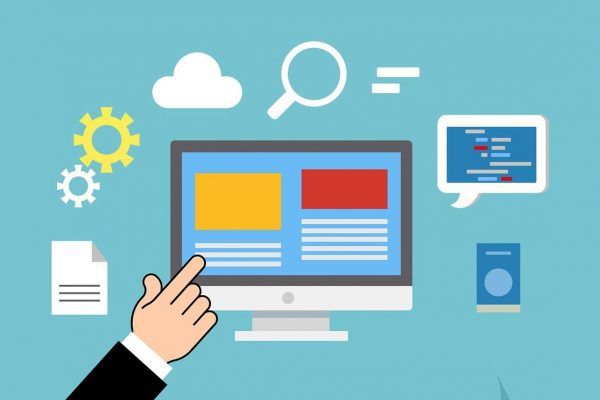Ever wondered how economic growth unfolds and what phases it goes through? Let’s break down the life cycle of an economic expansion into digestible glossary terms, making it easier to understand this crucial aspect of the economy. Let’s dive into the key phases!
Early Expansion
Definition: This is the initial phase of the cycle immediately following a recession. During early expansion, economic activities begin to pick up due to increased consumer confidence and spending, as well as revived business investment.
Key Features: Look for signs like a drop in unemployment rates, a boost in manufacturing activities, and increased retail sales. It’s a time of recovery and optimism where the groundwork for sustained growth is laid.
Middle Expansion
Definition: Also known as the ‘mature expansion’ phase, this is when the economy grows at a more consistent and stable rate. The initial rapid growth starts to stabilize, and growth becomes more balanced.
Key Features: This phase is characterized by steady job creation, moderate inflation, and robust consumer spending. Businesses invest in new technologies and markets, leading to sustained economic performance.
Late Expansion
Definition: This phase marks the peak of the economic cycle. The economy operates at or near its full capacity, with high employment levels and strong consumer demand pushing against the limits of what the economy can produce.
Key Features: Watch out for signs like tightening labor markets, rising inflation, and potential overheating in certain sectors. It’s a period where the economy might feel like it’s running at full steam, sometimes leading to speculative bubbles.
Peak
Definition: The peak is not a phase but a turning point. It’s the zenith of economic activity in the economic cycle, after which the expansion stops.
Key Features: The peak can be identified by very high employment rates, maximum manufacturing output, and heightened market prices. Often, it precedes a slowdown or recession as the economy begins to contract.
Transition to Contraction
Definition: After the peak, the economy transitions into contraction. This shift marks the end of expansion and the beginning of a downturn or recession.
Key Features: Indicators include reduced consumer spending, declining business investments, and an overall slowdown in economic activity. It’s crucial for policymakers to recognize this phase early to mitigate impacts through fiscal and monetary measures.
Understanding the life cycle of economic expansion helps individuals and businesses make informed decisions about investments, employment, and spending. Each phase offers unique opportunities and challenges, so keeping an eye on these economic indicators can provide a strategic advantage. Whether you’re planning your next business venture or just curious about economic cycles, recognizing these phases helps you navigate the complexities of the economy more effectively.





